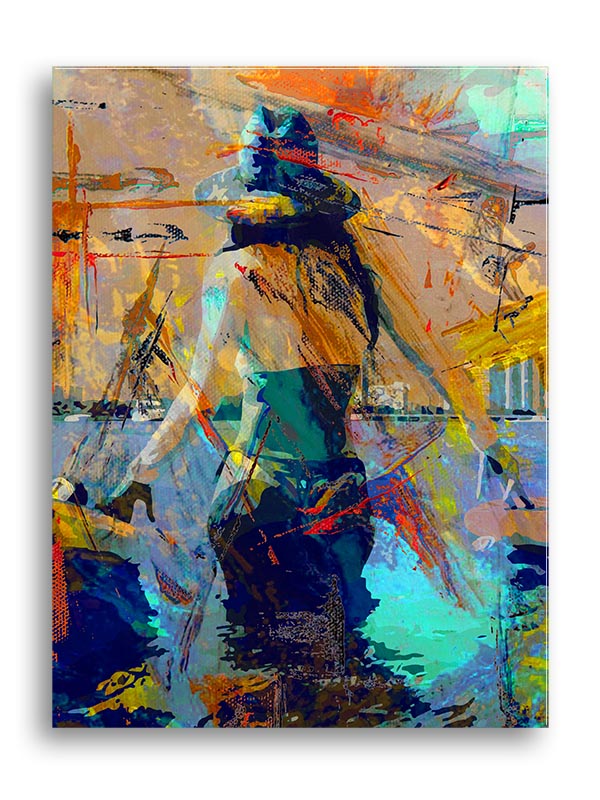
Giclee Printing: What Exactly is it and What Can We Do Using it?
Introduction
Giclee printing, also known as digital engraving or Fine Art printing, is a digital procedure used in the reproduction and edition of original works of art. It has gained popularity among artists and collectors due to its ability to produce high-quality prints with great detail, vibrant colors, and archival durability. This article will delve into the origins of “Giclee,” how the process works, and what we can achieve using this innovative printing technique.
Origins of the Term
The term “Giclee” was coined by Jack Duganne of Nash Editions in 1991 to describe the first digital inkjet printing process for art reproduction and edition. The first Giclee print was made in 1989 using an Iris 3047 Inkjet printer, initially designed as a prepress industry proofing system. Graham Nash, a Crosby, Stills, Nash, and Young (CSNY) member, established the first Fine Art digital printing studio, Nash Editions, in Los Angeles in 1991. Today, the Iris printer used for the first Giclee print is displayed in a museum in the United States, marking a significant milestone in the history of digital printing.
What is Giclee?
At its core, Giclee printing is depositing pigment in tiny spray droplets onto a chosen support, typically fine art paper or canvas. This digital inkjet printing technique allows for precise control over the color and produces prints with high resolution, fine details, and smooth transitions. The result is a high-quality print that resembles a manual reproduction, imitating strokes and brushstrokes, making it a preferred choice for artists and collectors.
Advantages of Giclee Printing
While Giclee prints may be more expensive than traditional four-color process prints, they offer several advantages in quality and versatility. One of the key advantages is the use of fade-resistant pigment inks on archival-quality delicate art substrates, which ensures the longevity of the prints. Additionally, Giclee printers often use more than the basic CMYK color process, with additional ink cartridges for light cyan, magenta, light black (gray), and sometimes green, orange, and light gray. This expanded color gamut allows for a broader range of colors and more accurate color reproduction, resulting in higher-quality prints.
What Can We Do with Giclee Printing?
Over the last decade, Zlick has been at the forefront of experimentation and work with the Giclee process, making it the preferred print production process for top-level local and international artists. Click has now launched an online shop for sheets and prints, all produced using Giclee technology, offering customers the opportunity to enjoy high-quality prints with guaranteed durability. Some of the things you can do with Giclee printing include:
- Fine Art Reproductions: Giclee printing allows artists to reproduce their original artworks with exceptional detail, color accuracy, and archival quality, making it ideal for limited edition prints or art reproductions for sale.
- Photography Prints: Giclee printing is widely used in photography, allowing photographers to reproduce their digital or digitized works with stunning detail and color accuracy. It has become a museum standard in photography collections due to its high visual quality and durability.
- Unique Originals or Monotypes: Giclee printing also enables artists to create unique original prints or monotypes by manipulating the digital image file before printing, allowing for creative experimentation and customization.
- Artistic Merchandise: Giclee prints can also be used to create various creative merchandise.
Author Profile

Latest entries
- August 19, 2024Photo PrintsHow to Clean Glass Pictures: Keep Your Memories Sparkling
- August 19, 2024Photo PrintsThe Best Photo Cameras of 2024
- August 19, 2024Photo PrintsAPG Graphics: The Only Company That Laminates Photos on Glass in the USA
- August 19, 2024Photo PrintsThe Best Online Photo Printing Services for 2024
